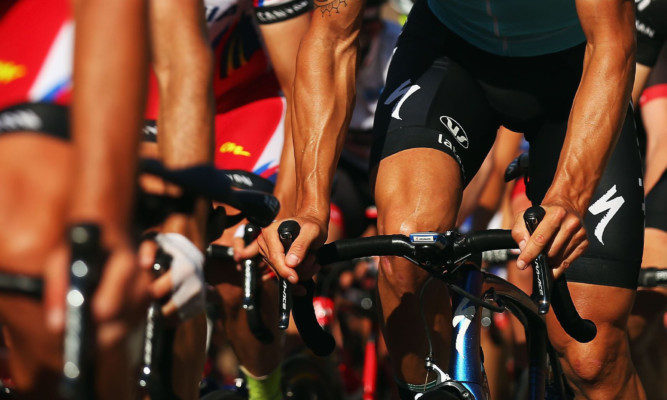A report has accused previous leaders of cycling’s world governing body the UCI of undermining anti-doping efforts and showing preferential treatment to disgraced former Tour de France winner Lance Armstrong.
The Cycling Independent Reform Commission (CIRC) was set up by UCI president Brian Cookson in January last year to investigate the body’s dealings with doping findings and allegations during the late 1990s and early 2000s, including its handling of claims against Armstrong, who was found guilty of systematic doping throughout the first part of his career and subsequently stripped of his seven Tour de France titles.
Former UCI presidents Hein Verbruggen and Pat McQuaid were accused of failing to follow their own anti-doping regulations and not holding Armstrong to the same rules that other riders were expected to follow.
“The UCI leadership did not know how to differentiate between Armstrong the hero, seven-time winner of the Tour, cancer survivor, huge financial and media success and a role model for thousands of fans, from Lance Armstrong the cyclist, a member of the peloton with the same rights and obligations as any other professional cyclist,” the 227-page report said.
“This policy of offering favours and defending Lance Armstrong seriously harmed the UCI’s image and credibility despite all the efforts and dedication of its employees to fight doping.”
Armstrong released a statement shortly after the report was published in which he apologised for his actions and said he hopes cycling can move on to a “bright, dope-free future”.
“I am grateful to CIRC for seeking the truth and allowing me to assist in that search,” he said. “I am deeply sorry for many things I have done.
“However, it is my hope that revealing the truth will lead to a bright, dope-free future for the sport I love, and will allow all young riders emerging from small towns throughout the world in years to come to chase their dreams without having to face the lose-lose choices that so many of my friends, team-mates and opponents faced.
“I hope that all riders who competed and doped can feel free to come forward and help the tonic of truth heal this great sport.”
The report also said that past UCI regimes have focused on increasing cycling’s global appeal, that its leaders viewed doping as a threat to this objective and that past decisions by leaders have undermined the organisation’s efforts to rid doping from the sport.
“For a long time, the main focus of UCI leadership was on the growth of the sport worldwide and its priority was to protect the sport’s reputation; doping was perceived as a threat to this,” it said.
“The allegations and review of UCI’s anti-doping programme reveal that decisions taken by UCI leadership in the past have undermined anti-doping efforts: examples range from adopting an attitude that prioritised a clean image and sought to contain the doping problem, to disregarding the rules and giving preferential status to high-profile athletes, to publicly criticising whistleblowers and engaging in personal disputes with other stakeholders.
“These actions severely undermined the credibility of UCI and therefore the reputation of the sport. However, the CIRC is not suggesting that UCI leadership knowingly or deliberately allowed doping and high-profile dopers to continue within the sport knowing or suspecting them to still be doping.”
The CIRC, which interviewed 174 people over the course of its 13-month inquiry, also concluded that cycling continues to suffer from a culture of doping but went on to say that the situation is getting better.
“The general view is that at the elite level the situation has improved, but that doping is still taking place. It was commented that doping is either less prevalent today or the nature of doping practices has changed such that the performance gains are smaller.
“The CIRC considers that a culture of doping in cycling continues to exist, albeit attitudes have started to change.
“The biggest concern today is that following the introduction of the athlete biological passport, dopers have moved on to micro-dosing in a controlled manner that keeps their blood parameters constant and enables them to avoid detection.”
UCI president Cookson warned a fortnight ago that the report could make for “uncomfortable reading” and, in a statement accompanying the report, he criticised his predecessors.
“It is clear from reading this report that in the past the UCI suffered severely from a lack of good governance with individuals taking crucial decisions alone,” he said.
“Many of which undermined anti-doping efforts; put itself in an extraordinary position of proximity to certain riders; and wasted a lot of its time and resources in open conflict with organisations such as the World Anti-Doping Agency (WADA) and the US Anti-Doping Agency (USADA).
“It is also clear that the UCI leadership interfered in operational decisions on anti-doping matters and these factors, as well as many more covered in the report, served to erode confidence in the UCI and the sport.”
